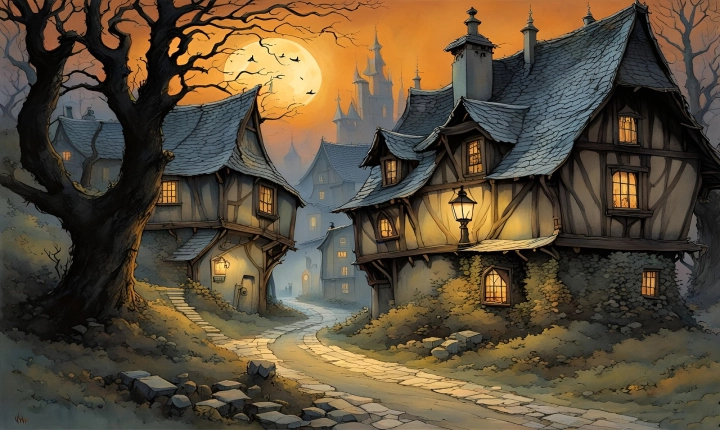Creating pictures with AI has opened up a whole new world of possibilities for artists and designers. With the advancements in machine learning and artificial intelligence, it is now possible to generate stunning and unique images using AI-powered tools. Whether you’re a professional designer or simply someone looking to explore the world of AI-generated art, understanding how to get AI to create pictures can be a valuable skill.
To start creating pictures with AI, you must first understand the different techniques and tools available. One of the most popular methods is using generative adversarial networks (GANs). GANs consist of two neural networks – a generator and a discriminator – that work together to generate images. The generator creates images from random noise, while the discriminator tries to distinguish between real and generated images. This process continues until the generator produces images that are indistinguishable from real ones.
Another technique is style transfer, where AI can apply the style of one image to another. This allows you to create unique and artistic images by blending different visual styles. There are also AI-powered drawing tools that can help you sketch and create detailed images or turn simple sketches into photorealistic artworks.
Now let’s explore the steps you can follow to get AI to make a picture:
Step 1: Choose the right AI tool
There are several AI-powered tools and software available, such as Adobe Sensei, DeepArt, and RunwayML. Research and explore different options to find the one that best suits your needs and skill level.
Step 2: Collect training data
If you’re using GANs or other deep learning methods, you’ll need to collect a large dataset of images to train the AI model. Make sure the dataset contains diverse and high-quality images relevant to the style or subject you want to create.
Step 3: Train the model
Once you have the training data, you can start training the AI model using the chosen tool. This process may require adjusting parameters and fine-tuning the model to achieve the desired results.
Step 4: Generate the picture
After training the model, you can input the desired input parameters, such as style, color palette, or subject, and let the AI generate the image. Depending on the complexity of the image and the capabilities of the AI tool, the generation process may take some time.
Step 5: Refine and iterate
After the AI generates the initial image, you can refine and iterate on it to enhance the details, adjust the style, or improve the overall composition. Some tools provide options to control the level of abstraction, color intensity, and other aspects of the generated image.
Step 6: Export and share
Once you’re satisfied with the final result, you can export the image and share it with others, whether it’s for personal use or professional projects.
While AI-generated pictures open up exciting possibilities for artists and designers, it’s important to note that AI should be seen as a tool to enhance creativity, not replace it. Incorporating AI into the creative process can lead to innovative and inspiring artworks, but it’s essential to maintain artistic integrity and personal vision.
In conclusion, getting AI to create pictures involves understanding the available tools and techniques, collecting training data, training the model, generating the image, refining the output, and ultimately sharing the final artwork. By mastering these steps and exploring the creative potential of AI, artists and designers can unlock new avenues for artistic expression and collaboration.
